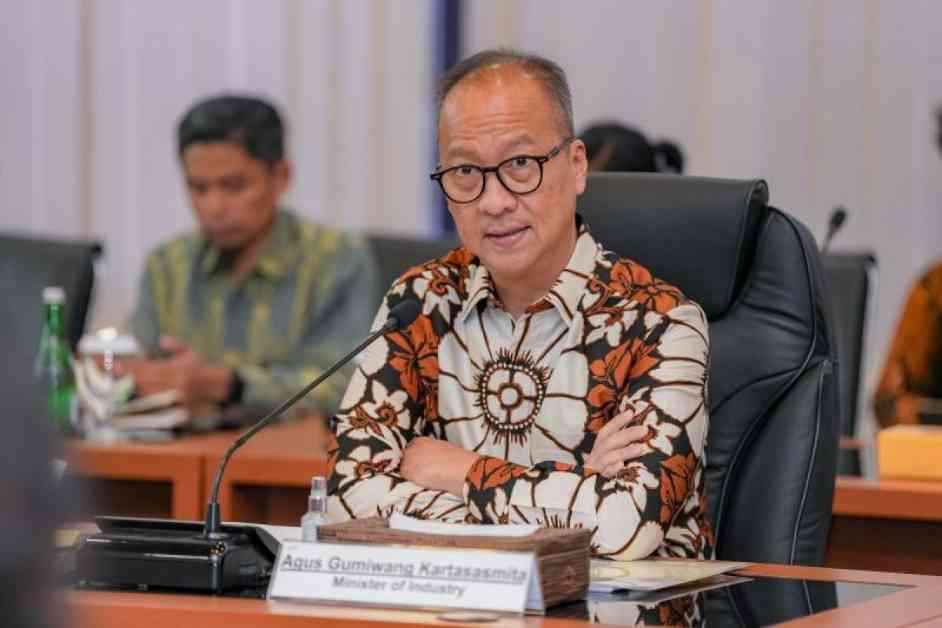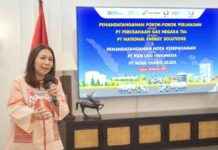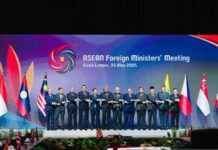Indonesia and Switzerland Forge Partnership in Vocational Education
In an innovative collaboration, Indonesia and Switzerland have joined forces to implement a dual-system vocational education program, blending traditional classroom instruction with practical, on-the-job industrial experience. This strategic partnership aims to elevate the quality of human resources in both countries, aligning education with the evolving needs of industries amidst technological advancements and economic shifts.
The initiative, spearheaded by Indonesia’s Industrial Human Resources Development Agency (BPSDMI) and Switzerland’s State Secretariat for Economic Affairs (SECO), marks a significant step towards bridging the gap between academia and industry. Minister of Industry Agus Gumiwang Kartasasmita emphasized the meticulous planning behind vocational education and training to proactively address current and future industry demands.
“We are committed to ensuring that our educational programs are closely aligned with the requirements of the business sector, not just for today but also to pave the way for future industrial growth,” Minister Kartasasmita affirmed.
Strategic Phases of Collaboration
The collaboration is structured into two distinct phases, with the first phase originally slated for completion in 2022. However, due to the unforeseen disruptions caused by the COVID-19 pandemic, the timeline was extended until 2024. The upcoming second phase is set to span from 2024 to 2027, promising further advancements in vocational education and training.
Masrokhan, head of BPSDMI, highlighted the potential for expanding the scope of cooperation to encompass additional educational units within the Ministry of Industry. This expansion would facilitate a more comprehensive integration of vocational education into the national educational framework, fostering a skilled workforce equipped for the demands of the modern industrial landscape.
The Ministry of Industry oversees a network of educational institutions dedicated to vocational training, including 13 vocational higher education establishments, 11 polytechnics, two community academies, nine vocational high schools, and seven industrial education and training centers. These institutions play a pivotal role in nurturing top-tier industrial human resources, contributing significantly to the professional development of the workforce.
“The dual-system vocational education model, implemented by the ministry’s educational units, has emerged as a compelling choice for students, proving highly effective in producing industry-ready professionals,” noted Masrokhan, underscoring the success of this innovative approach in preparing students for the dynamic demands of the workforce.
Future Prospects and Collaborative Endeavors
As Indonesia and Switzerland deepen their partnership in vocational education, the potential for synergistic growth and mutual benefits looms large on the horizon. With a shared commitment to enhancing human resources and fostering innovation, the collaboration holds promise for driving sustainable development and economic prosperity in both nations.
Looking ahead, the collaborative efforts between Indonesia and Switzerland in vocational education underscore the transformative power of strategic partnerships in shaping the future of workforce development and industrial excellence. By harnessing the synergies between academia and industry, both countries are poised to unlock new opportunities for growth and progress in the realm of vocational education.
In a world where skills and adaptability reign supreme, the convergence of Indonesia and Switzerland in the realm of vocational education stands as a testament to the transformative potential of collaborative initiatives in nurturing a skilled and resilient workforce. As the partnership continues to evolve and expand, it holds the key to unlocking a brighter future for generations to come.






















